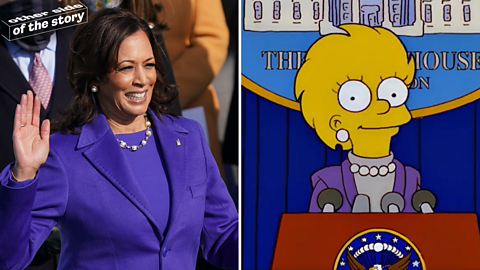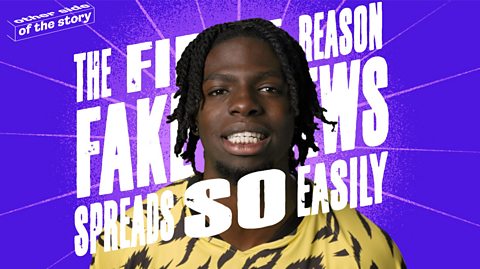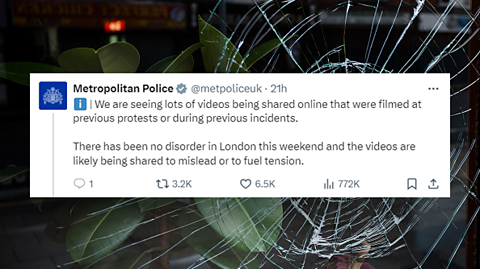
Just hours after an attack at a dance class in Southport, which resulted in the death of three girls, a surge of misinformation spread online fuelling protests and riots across the country.
Hundreds of people have since been charged, including several over offences involving social media or other online activity.
A Downing Street spokesperson says the government remains on ÔÇ£high alertÔÇØ and the Metropolitan Police are warning of further fake news.
According to a Metropolitan Police post on X, videos suggesting more unrest in London at the weekend were filmed at ÔÇ£previous protests or during previous incidentsÔÇØ and were likely shared to ÔÇ£mislead or to fuel tensionÔÇØ.


How the fake news spread online
Hours after the attack an account on X called ÔÇÿEurope InvasionÔÇÖ posted that the suspect was ÔÇÿa Muslim immigrantÔÇÖ, a claim that was entirely false. The post was seen by close to 4 million users. Despite an official police statement that the suspect had been born in Cardiff, people continued to share this information online.
Later that day further misinformation was posted online, which named the attacker as someone called ÔÇÿAli-Al-ShakatiÔÇÖ, and claiming they were an asylum seeker who had come to the UK by boat last year. Again, this was an entirely false narrative.
This post on X, which is thought to have been one of the first to share this false story, gained traction and soon racked up 1.5 million views. By 10pm the same day posts containing the name had received over 6 million impressions. ItÔÇÖs been reported that the user of this viral post was arrested on suspicion of publishing written material to stir up racial hatred, and false communication. They've since been released on bail.
Even though the false details shared online werenÔÇÖt true, they led to much higher engagement on posts that linked Southport with terms such as ÔÇÿmuslimÔÇÖ, ÔÇÿislamÔÇÖ and ÔÇÿasylumÔÇÖ.
A post on X by account @channel3nownews, which on the surface looks like a trusted news source, led to an article that added fuel to the identity misinformation. Their post on X was viewed more than 2 million times before it was taken down.
Controversial influencer Andrew Tate who has a huge 9.8 million followers on X, also contributed to the false narrative in a video he posted online, saying the attacker was an ÔÇ£illegal migrantÔÇØ. This post has gained over 15 million views.

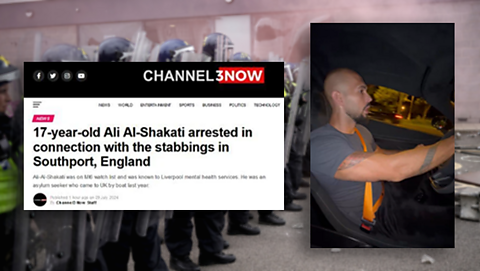
How to check whether a story is true or has been taken out of context
- Check whether the information is coming from a reliable source. ItÔÇÖs important not re post anything unless you are sure the information is correct or you could unknowingly spread misinformation.
- See whether there have been other videos or posts about the event that corroborate the time and location.
- Use a trusted news website or local police statements to check whether they are also reporting the same narrative.
- Even if the source looks like a real news site, question whether you recognise the name or have heard of them before.
- Take a deep dive into the comments below a video, as these can often unearth whether a video has been taken out of context.
Elon Musk and fake news
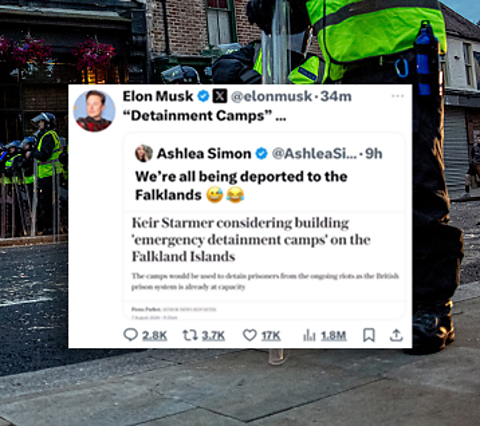
Tech billionaire Elon Musk, who bought Twitter (now X) in 2022, came under fire for sharing fake news about the UK GovernmentÔÇÖs handling of the riots. With the caption ÔÇ£Detainment CampsÔÇØ, Musk re-posted an image of a fake news headline that had copied the style of The Telegraph newspaper. The fake headline, which said that Keir Starmer was considering building detainment camps on the Falkland Islands to help with prison spaces, had been posted by the co-leader of far-right group Britain First.
Elon Musk deleted the post after around 30 minutes, however by that time it had already been viewed by nearly 2 million X users. The Telegraph confirmed that no such article had been published.
This wasnÔÇÖt the first time Musk has posted on X about the unrest. He previously responded to a post about the UK riots stating ÔÇ£Civil war is inevitableÔÇØ. Many online condemned this, saying that such posts could risk inflaming tension across the country. The UK government responded to MuskÔÇÖs posts by asking him to act responsibly.

How to know if a headline is real or fake
- Check whether the headline links to a genuine article on a reliable news source you recognise. In this particular example the headline was simply an image, with no hyperlink to a news site.
- If youÔÇÖre unsure if the headline is real, search for similar wording online to check whether reliable news sources have covered the story.
- Look at the account that has posted the headline, ask yourself whether they are a trustworthy source.
What is the government doing to tackle online misinformation?
- Less than two weeks since the unrest began, people began to be arrested and jailed for offences related to stirring up hatred on social media.
- Prime Minister Keir Starmer stated that social media was not a law free zone and that whether youre directly involved or whether youre remotely involved you will be put before the courts if youve broken the law.
- Regarding social media companies, Justice minister Heidi Alexander said that social media companies ÔÇ£could and should be doing moreÔÇØ and that they have a ÔÇ£responsibility not to be propagating and disseminating misleading and inflammatory content on their platformsÔÇØ.
- The Online Safety Act 2023 is due to come into force in 2025 and will give regulator Ofcom the power to fine social media companies up to ┬ú18m or 10% of their global turnover if they fail to take robust action against content inciting violence or terrorism. However many figures like London Mayor Sadiq Khan, donÔÇÖt think the new act goes far enough.
ÔÇ£We all have a responsibility not to further the spread of misinformationÔÇØ

From the spread of a false name and identity to fake headlines and videos shared out of context, misinformation can take many forms on social media.
According to new research about news coverage of the protests, 30% of 16-24 year olds said TikTok was the 'best for news'. If you are using social media platforms for your news itÔÇÖs important to think about whether the source is reliable and if they are really who they say they are. ItÔÇÖs best to look for posts that are from reputable news outlets to make sure the information in the post is correct and unbiased.


Not sure if the news youÔÇÖre seeing on social media is true or false? Can you always tell if the things you see online are real or fake? Learn how to get the other side of the story with our quizzes, videos and explainers.
